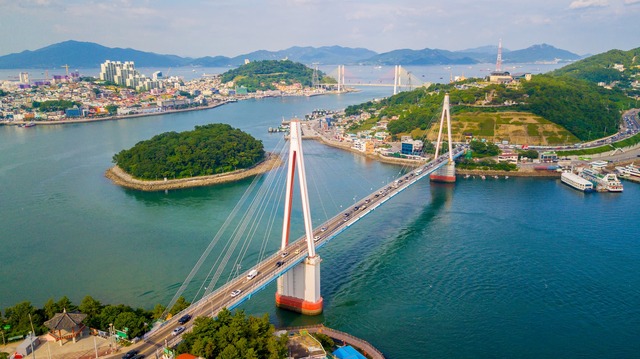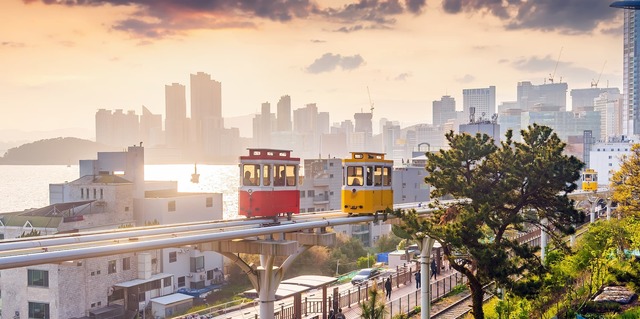-
Korean Demilitarized Zone (DMZ)
Korean Demilitarized Zone (DMZ)
A place where history, tension, and hope collide.
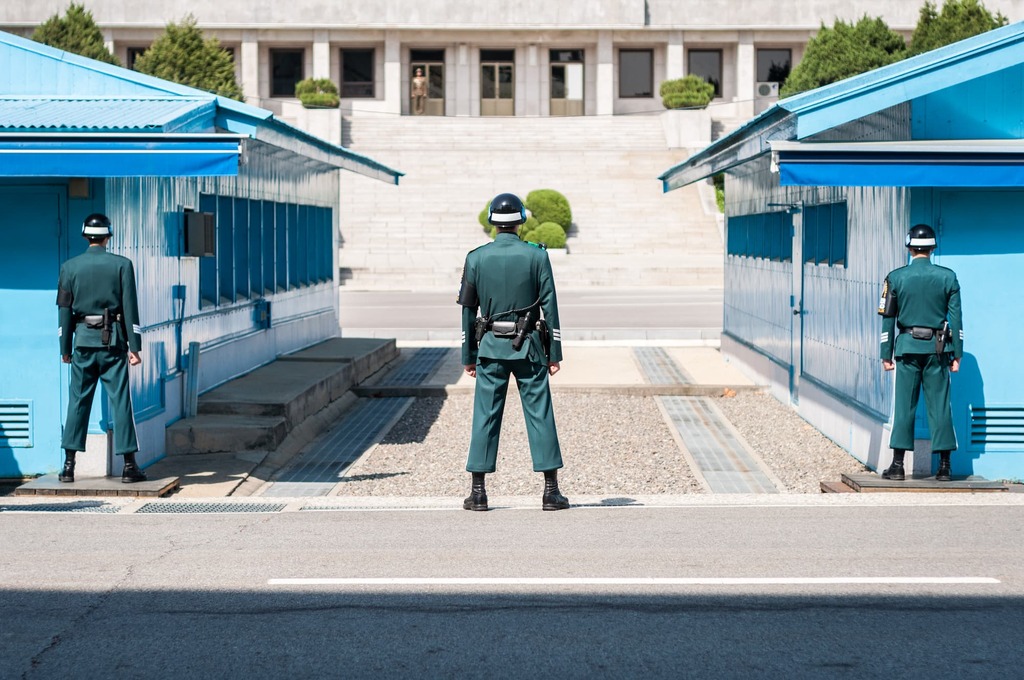
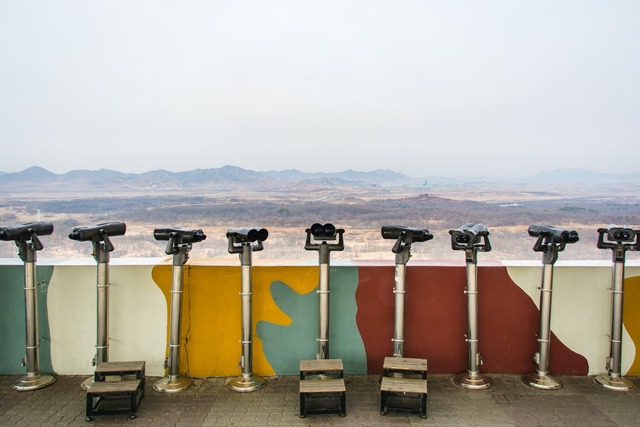
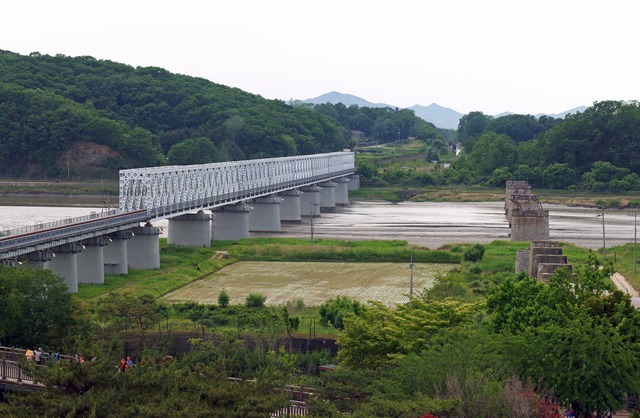
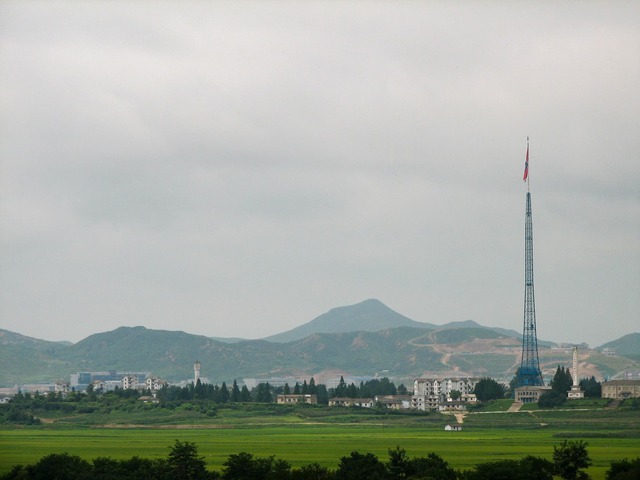
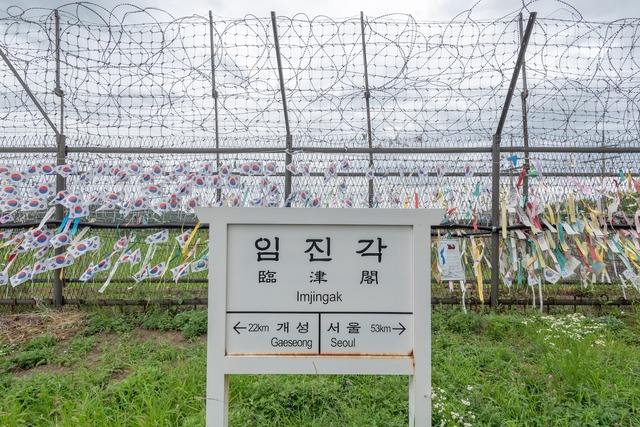
Discover all our tours featuring this destination and start planning your adventure today. View tours
About the Korean Demilitarized Zone (DMZ)
The Korean Demilitarized Zone (DMZ) is a strip of land running across the Korean Peninsula that serves as a buffer zone between North and South Korea. Symbolizing the division of the Korean Peninsula, the DMZ is a unique and heavily guarded area with a rich history and significance in geopolitics.
A journey across the divide
The DMZ provides a rare view of the ongoing North-South Korea conflict. Visit the Joint Security Area (JSA), where soldiers from both sides face each other in a tense standoff. See the iconic blue buildings and enter the conference rooms used for diplomatic negotiations.
Explore the Third Tunnel of Aggression, an infiltration tunnel built by North Korea to enter South Korea. Descend into the underground passage, learn about its construction, and understand the security challenges faced by both countries.
At the Dora Observatory, use binoculars to observe North Korea from a safe distance. Capture panoramic views of the North Korean countryside and see landmarks like the propaganda village of Kijong-dong and the city of Kaes
Other attractions in the DMZ
In addition to its historic sites, the DMZ offers opportunities to learn about the natural environment and wildlife of the region. Visit the DMZ Eco-Tourism centre to discover the ecological significance of the area and learn about conservation efforts to preserve its biodiversity.
Experience the poignant reminders of the Korean War at Imjingak Park, where monuments, exhibits, and memorials pay tribute to the conflict and its impact on the Korean people. Reflect on the divided history of the Korean Peninsula and the ongoing efforts for peace and reconciliation.
The DMZ serves as a powerful symbol of division and conflict, yet also holds hope for reunification and peace on the Korean Peninsula. Explore this unique destination and gain a deeper understanding of one of the world's most heavily fortified borders.


